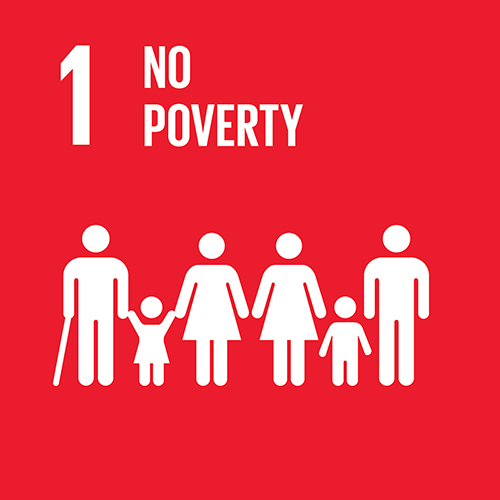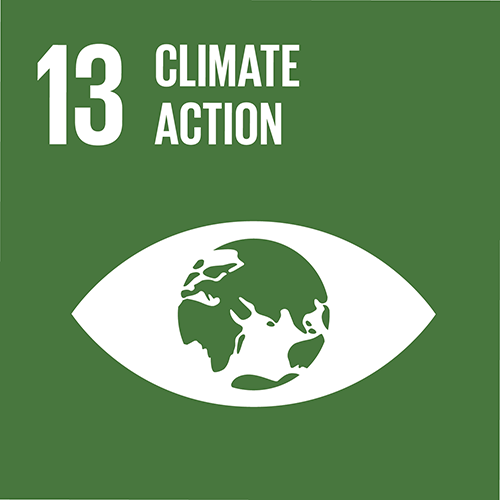Indigenous communities protect rainforest in Fiji
Project type: Land Use and Forestry
Project location: Fiji; Vanua Levu (Cakadrove and Macuata provinces)
Project status: In operation, credits available
Annual emission reduction of the whole project: 15'176 t
This climate protection project aims at preventing further deforestation of a globally significant ecosystem. Instead of earning their living by harvesting timber, the local landowners – several Fijian clans – will establish a protected area which generates carbon credits.
The local indigenous rainforest communities in Fiji predominantly rely on subsistence agriculture, cash cropping as well as on the extraction of timber and non-timber forest products for domestic use. In the communities without access to commercial agriculture, commercial logging of timber is one of the few reliable income sources. Therefore, deforestation poses a serious threat to the rainforest in the project area. Deforestation contributes to the high percentage of global annual greenhouse gas emissions already caused by rainforest loss.
Moreover, deforestation threatens an especially biodiverse ecosystem that provides habitats for endangered and endemic species such as the Fiji Ground Frog. In addition, the threatened ecosystem plays a key role in protecting the local population from natural disasters such as cyclones, floods and droughts. An intact forest reduces the impact of extreme rainfall events on soil erosion and flooding, and the impacts of droughts on water security.
The project covers 4,120ha of tropical rainforest of 450 indigenous people in three villages in Fiji. Protecting the rainforest will have three important benefits: it will ensure carbon sequestration and conserve biodiversity. Second, it reduces the population's vulnerability to extreme weather events. Third, the project will protect watersheds to maintain a healthy river system and provide high quality drinking water.
In order to generate these benefits, the project will develop alternative income sources for the landowners while at the same time improving the populations' well-being. A Forest Community Cooperative was formed and receives support in management and capacity building. The strengthened community governance allows to establish community businesses such as producing and selling rainforest honey. Women are involved in decision making, and also benefit from the alternative livelihood activities.
Moreover, infrastructure is improved. One example is the construction of a new water source for the village. It replaces the former source which had been destroyed by a flooding during the cyclone Winston. The protected rainforest area will be actively managed according to a conservation plan and monitored to ensure that it remains protected in practice.
The project methodology framework for this programme was developed with European Union and GIZ funds and is managed by a local non-profit organization. It received an award for Excellence in Implementing Island Ecosystem Management Principles. The money from contributions to climate protection is used, among other things, to reimburse landowners who waive their right to chop down trees.
This project contributes to 6 SDGs (as of end 2022):
Find out how myclimate reports these SDGs in our FAQ.
The following SDGs are verified by Plan Vivo:
Two tonnes of honey sold per year.
The main source of drinking water, the catchment and tributaries of the Drawa River are safeguarded.
Four part-time rangers and one operations manager are employed.
Women's savings groups are established to ensure that women have a say in how community income from credits is spent.
So far, 132,280 t CO₂ have been sequestered.
A detailed biodiversity survey was conducted in 2018 by the University of South Pacific and recorded 385 plant taxa from 115 families.
Situation without project
Deforestation, loss of biodiversity, increased natural disaster riskDocumentations
Project standard

Partner

Project number
7217










